I’ve always wondered how museums get started – what was that first object? What started as an impulse to collect one object then turned into a passion to collect more and finally a realisation that what you have no longer fits into one draw or cupboard or box but in fact takes over a whole room? When do you suddenly realise what you actually have in your possession is a whole museum?
40 years ago the Cinema Museum began with, basically, a little bit of beer money. Ronald Grant began a lifelong obsession with cinema as a teenager, training as a projectionist with James F Donald Aberdeen Cinemas. He ran his own suburban cinema circuit in Scotland before coming to London and working for a while for the British Film Institute. This is where Martin Humphries, co-founder of the museum, met him in 1979, as he tells me when we sit down for a chat in the wonderful Cinema Museum in Kennington.
“Whilst Ronald was in the cinema business he had begun collecting material mainly related to cinema buildings and projection equipment and so on. When I met him in 1979 he already had an extraordinary collection. This was a time in British cinema history where cinema was in serious decline with many high street cinemas being demolished.”
“The patterns of exhibition had changed, these wonderful big Art Deco buildings were not really fit for purpose because the audiences had shrunk and they were difficult to convert. Having a cinema that seated 2,000 people was just not a viable business anymore.”
So Martin explains that Ronald soon realised if he offered the demolition men a bit of beer money they would let him in to salvage some of that Art Deco splendour.
“Ronald co-opted me to help him save and rescue items from cinemas that were being demolished. And the question then was – What do we do with all this stuff?”
Pat Foster, one of the founding members of the Ritzy Cinema in Brixton, had some contacts at Lambeth Council and a place was found at Raleigh Hall in Saltoun Road, a large Georgian building which wasn’t in the best of conditions (it has since been repurposed as the Black Cultural Archives). But this wasn’t a permanent solution as Martin goes on to explain.
“The building was completely unsuitable because it was a series of small rooms and one very big room, the state of the building was in serious decline and we had pit props holding up the floor in one case.”
It was at this point in 1984 that Ronald and Martin established the Cinema Museum as a not-for-profit company and, in 1986, applied for charitable status with a view to finding a more suitable home.
The next move was to the Old Fire Station in Renfrew Road just round the corner from their current location. It was at this point the museum could open by appointment and some of the collections could go on to display. But, in something of a recurring theme for the museum, the fire station was bought by a developer and it was time to move on again.
Perhaps it was fate or serendipity but Ronald went on a Charlie Chaplin history walk in Kennington that just happened to finish up at the Lambeth Workhouse where Chaplin had spent time with his mother and half-brother at around 7 years of age.
“The building appeared to be empty so we contacted the NHS who owned the building. After the workhouse closed down in the 1920s it became a maternity hospital until sometime in the 1980s.”
The NHS agreed to lease the building to the Cinema Museum and they moved in on the 14 February 1998. That is where you find them today.
The museum itself – well how do you describe it?! Eclectic, strange and magical are the first words that come to mind. Before my interview with Martin I visited on a booked tour which is currently the main way to visit the museum. The tour begins in the main entrance which is jam-packed with cinema signage not only promoting long gone films but also the last vestiges of long gone cinemas.
The tour includes tea and biscuits in the main hall and projection area before it is time to move to the cinema seats where Martin gives you the history of cinema-going and a little afternoon viewing of a selection of short films which are brimming with nostalgia for a different time.
Martin explained a bit more about the collections and programming when we met a few months later.
“The Museum is interior design, décor and technical equipment from cinemas that don’t exist plus a lot of ancillary things. We have a room full of trade magazines and fan magazines, we have a library of 20,000 books, there is a poster collection, a film stills collection. There is a room that is devoted to cinema buildings, it contains photos of exteriors and interiors of cinemas mostly from Britain but not entirely and a lot of paper records relating to various cinemas.”
It was finding a building with a magnificent great hall that has allowed them to offer a varied programme of events which in turn support the running of the museum.
“Being in this building, it was actually the first time we were able to really be available to the public and also we were able to put on events, we could start programming. Because we are unfunded it is very important that we maintain a series of activities that generate income.”
“We do lots of screenings and we do Q&A’s with people from the film industry as well. Over the years we have had lots of famous people come here to do an evening talking about their careers, talking about their favourite films, all sorts of things. We do quite a lot of thematic programming. We have silent films every three weeks (Kennington Bioscope) with live music, we do a film noir season, we do a season called ‘Women and Cocaine’ which is generally speaking pre-code films (before censorship) – that is films from the late 20s, through to about 1936, often featuring strong performances by women. We have the Gothique Film Society who do a 6 month season from October through to March. We have the Laurel and Hardy Society meeting quarterly, we have the Buster Keaton Society meeting quarterly. We have the Nickel Cinema doing a programme, that is a rather adventurous enterprise showing slightly more off-beat films. We have Lost Reels here, they do double-bills and we try and show film on film as often as we can. There is a lot of activities that go on but there has to be.”
All this with not a single paid member of staff. Ronald and Martin work alongside their team of dedicated volunteers that somehow have kept this endeavour up for 40 years. It really is quite remarkable. I ask Martin about the hard times and how he has managed to keep going.
“The insecurity that we have experienced over the years is stressful. We have never had a lease longer than three years. Sometimes we have been without a lease at all and when we would go to the NHS and say – look the lease has expired now can we have a renewal, sometimes they would say – it’s fine so long as you continue to pay your rent – because they didn’t want to pay the legal fees for having a new lease drawn up. But it doesn’t make it very secure for us and it has meant that we have not been able to go off and get funding because most funders want you to have security of tenure and a three year lease is not long enough for that really.”
Property developers have once again entered the story as the NHS sold the old Lambeth Workhouse and surrounding site for £15.5m in May 2018. It has been a protracted negotiation but currently the developer, Anthology (part of the Lifestory Group), have given the museum 5 years to raise £1m, then they can stay in the building on a 999 year lease with a peppercorn rent.
“This is a fantastic deal. Trying to raise that amount of money in this particular economic climate is a challenge, however, they have given us 5 years, and in the first year we have managed to raise half the money, so we are reasonably confident that over the next four years we will be able to raise the remainder.“
“The museum is much loved, and supported by loads and loads of people. During the closure forced upon us by the pandemic we did a crowdfunding campaign and we raised £100,000 that was superb.”
There have inevitably been times when the museum has faced closure and I ask Martin what that has been like.
“The focus is on securing the building for the long term future and then we have a business plan. We must move to a point where we do have employed staff, it is essential really. We can’t endlessly rely on the support of the volunteers. People are incredibly loyal, people put in an enormous amount of work but they enjoy it, they wouldn’t do it otherwise.”
“There have been periods where we’ve been close to the possibility of closure. I mean seriously we have had to consider this. What would we do if … we have had to have those kind of back up plans because it is no good ignoring it. You need to have some kind of plan should the worse thing happen and we have been incredibly fortunate that it has never got that far and hopefully now it won’t. We have to hope for that.”
I cheekily ask about retirement plans, after 40 years how would you ever managed to step away from such a mammoth achievement.
“Ronald is in his 80s I am in my late 60s so obviously at some point we will have to hand over to other people to do the day to day running. I would hope I would still continue to be involved really. If I stop and look I am astonished myself that we have managed over all these years”.
I am relieved Martin has no immediate plans to retire, I get the feeling this place just wouldn’t be the same without him.
“It is very, very, atmospheric and people love this and its different, we don’t have a lot of glass cases exhibiting objects in. You can see things, you can touch things, it has a unique atmosphere which people fall in love with, I would say. That isn’t the case for all museums. Some are more sterile and antiseptic, that is not what we are.”
I think the Cinema Museum is definitely the closest I have come to a museum that feels like a home for lost things, a safe place for the rescued and the “oh, so nearly gone for ever”. If Ronald and Martin hadn’t been there at the last to save these objects, images and memories they would be gone forever. But people haven’t always understood why this history needed to be saved as Martin tells me.
“Of course people instantly get the museum, immediately. But I have to say when Ronald and I were collecting material in the 1970s and early 80s, the number of people who went …Why?”
“Now, there has been a 180 degree turnaround in terms of how people value and view the past, everybody now understands the importance of having saved this material, having rescued this material. Nobody would question it today, they would just see it is social history, it’s the past, it is really important that you are able to look back and see things and understand how things were. So nobody thinks we are bonkers now but they did in the 70s.”
I have realised Martin has used the word ‘love’ quite a lot when talking about the museum. I am only on my second visit but I can already feel it crawling under my skin. From that first moment, coming through the doors you could tell this place was special. It isn’t just a museum that celebrates old things, it also celebrates the act of going to the cinema. On a tour you actively take your seat and get a deep dive into how it used to be to visit the cinema when the programming ran continuously and you just turned up at any point in the film often waiting for it to end to see the beginning.
My tour took place with a group of older visitors who couldn’t stop reminiscing on the ticket prices and their favourite cinemas and the films and film stars they had seen. There is nothing that beats that feeling when the lights go down, the popcorn is out, the latest blockbuster starts or you see a classic for the first time and can’t believe how long it has taken you to get round to seeing it. You laugh, you cry, you hide behind your hands as your emotions are hung out to dry with the mastery of a great director, beautiful cinematography and enchanting actors. We all remember that first film we saw at the cinema, that first date, back row cuddles and hands touching in the darkness. Who wouldn’t want to keep those feelings and memories alive.
As my interview with Martin draws to a close we pay homage to the early days and we look to the future of the Cinema Museum with whatever that will bring.
“Possibly we were seen as a bit maverick or something… some institutions get very hidebound whereas others are much more flexible about things. Sometimes we have clearly been regarded as slightly offbeat – slightly odd, I think almost all of that has gone now but certainly 40 years ago it was there. But we are still here … “.
Ronald and Martin, the last of the museum mavericks, the makers of the slightly offbeat and slightly odd but very well loved Cinema Museum. Their story has been running for 40 years, it is a classic tale of love and devotion and I hope it never ends.
xxxxxxxxx
Huge thanks to Martin at the Cinema Museum for his time.
This blog is a collaboration with photographer Jon Cardwell – https://joncardwell.com/ / https://www.instagram.com/cardwelljon/
The Cinema Museum – http://www.cinemamuseum.org.uk/
For Events at the Cinema Museum – http://www.cinemamuseum.org.uk/topics/events/
For Donations to support the Cinema Museum in their 40 year quest for a permanent home – https://www.justgiving.com/cinemamuseum/donate
xxxxxxx
Further reading:
London’s Cinema Museum is keeping cinephilia alive. Can it be saved?, 16 March 2018, BFI. https://www2.bfi.org.uk/news-opinion/sight-sound-magazine/features/london-cinema-museum-cinephilia-threatened-sale
Charlie Chaplin family join fight to save Cinema Museum in London, 13 December 2017, Guardian. https://www.theguardian.com/culture/2017/dec/13/charlie-chaplin-family-join-fight-to-save-cinema-museum-london-workhouse-letter
Why is the UK still knocking down historic cinemas? 21 August 2015, BBC https://www.bbc.co.uk/news/magazine-34000219

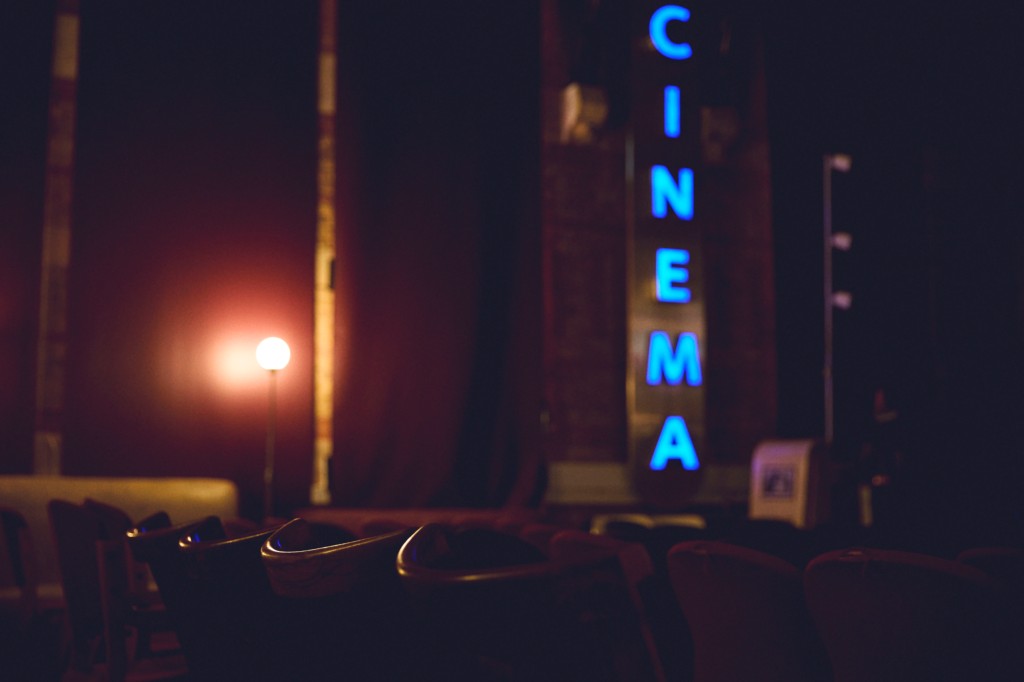
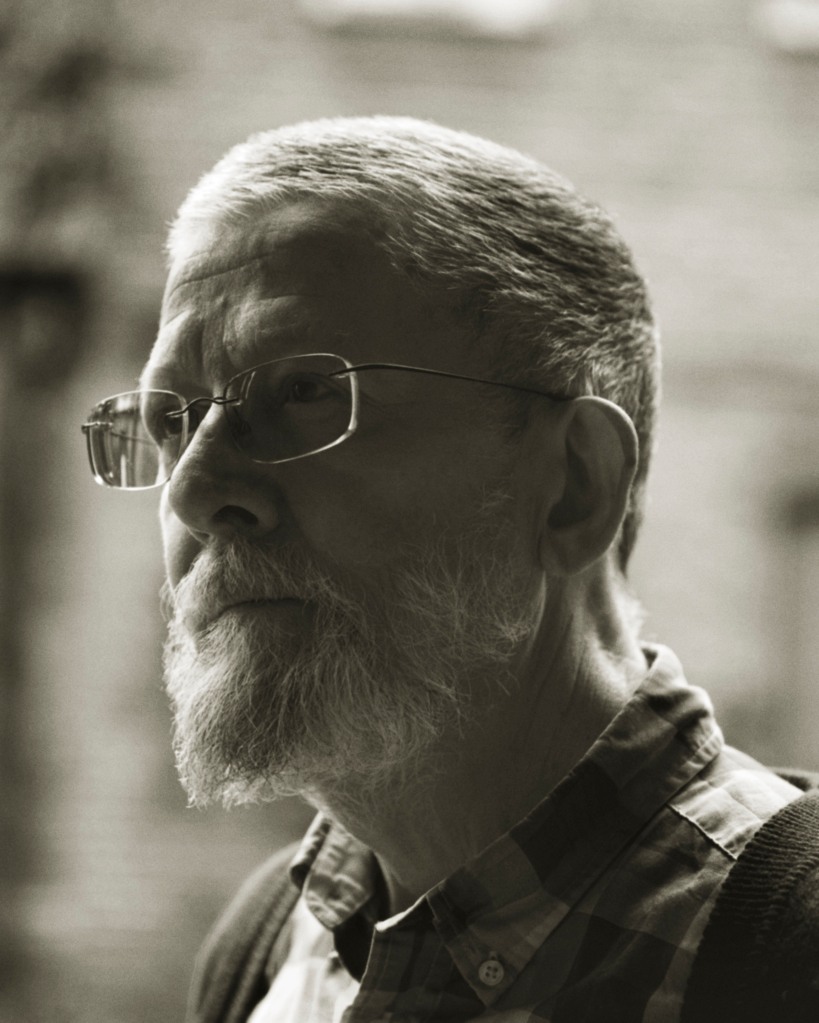
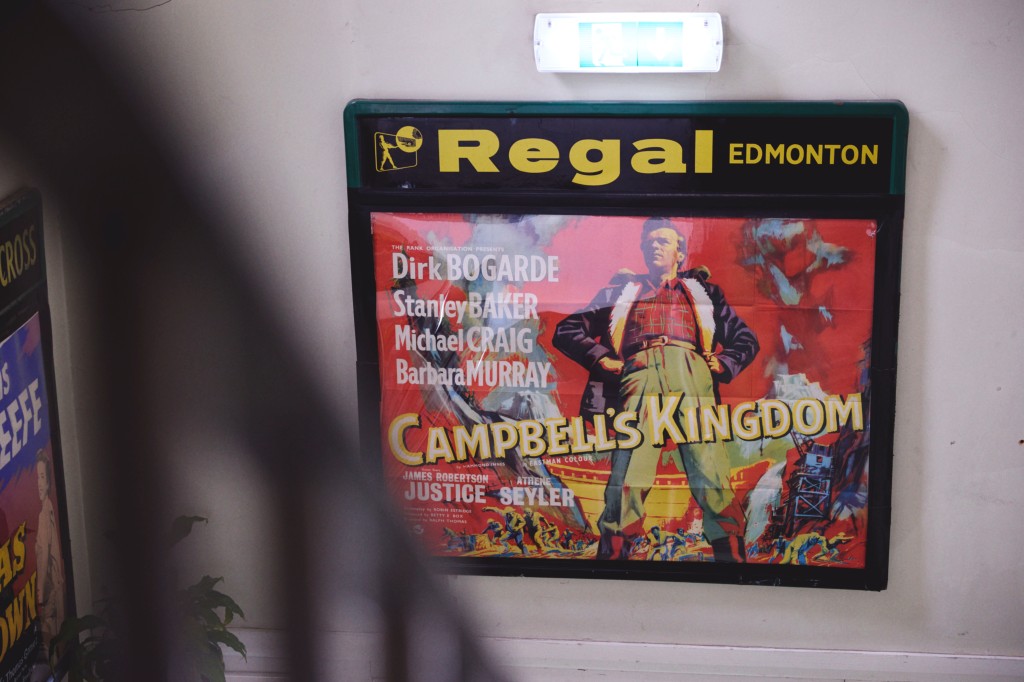
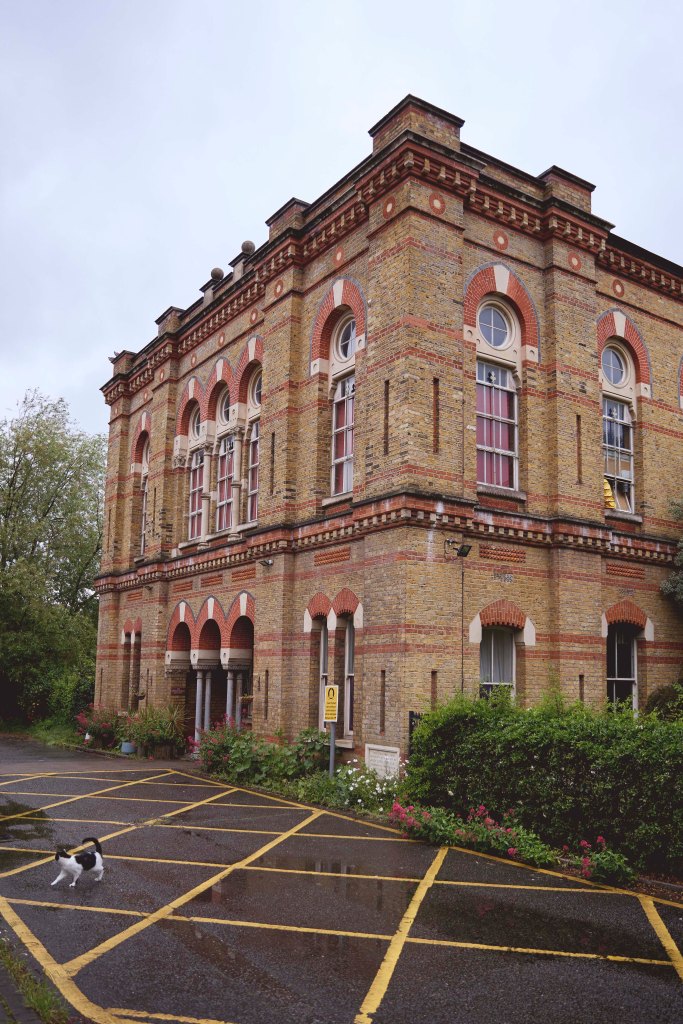
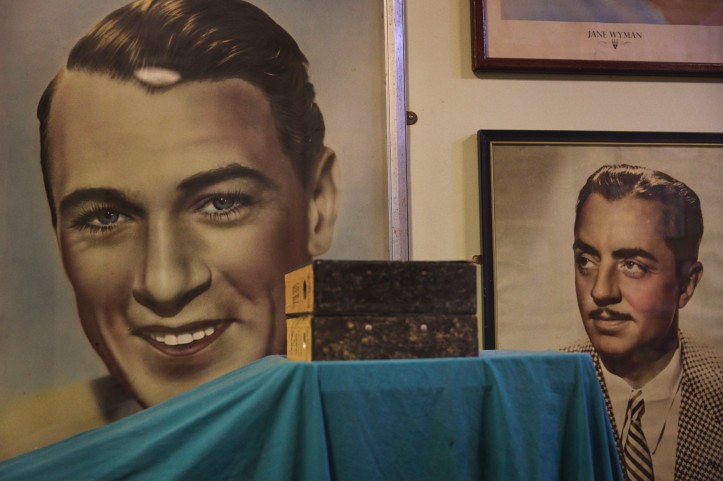
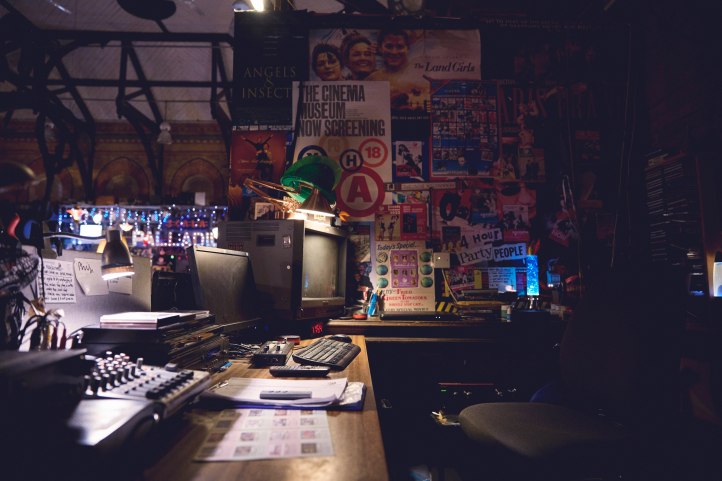
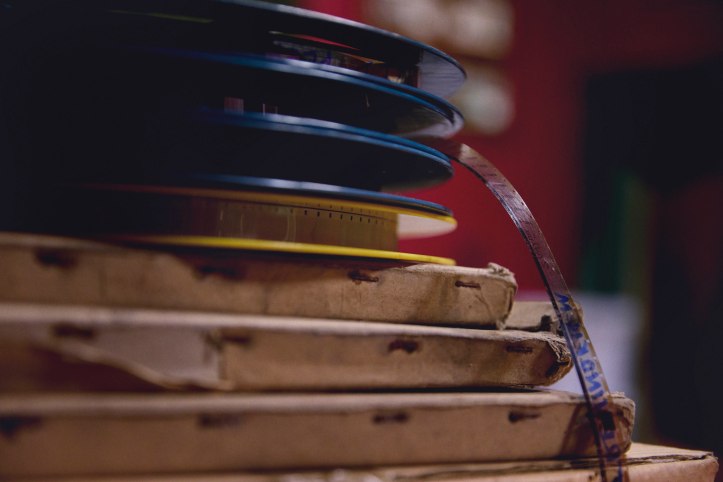
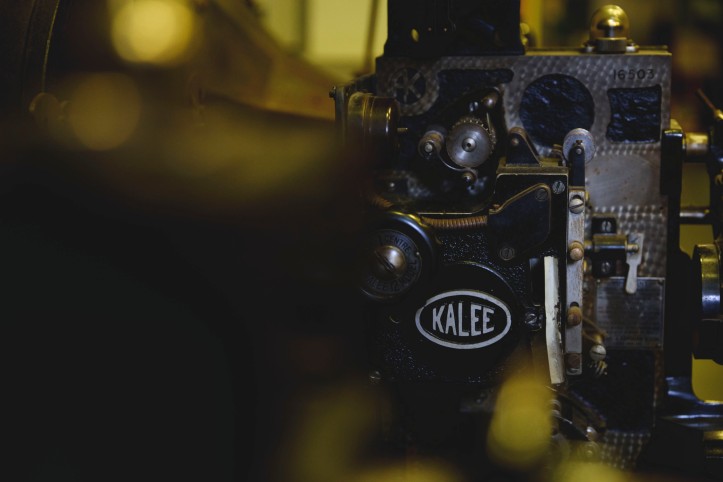
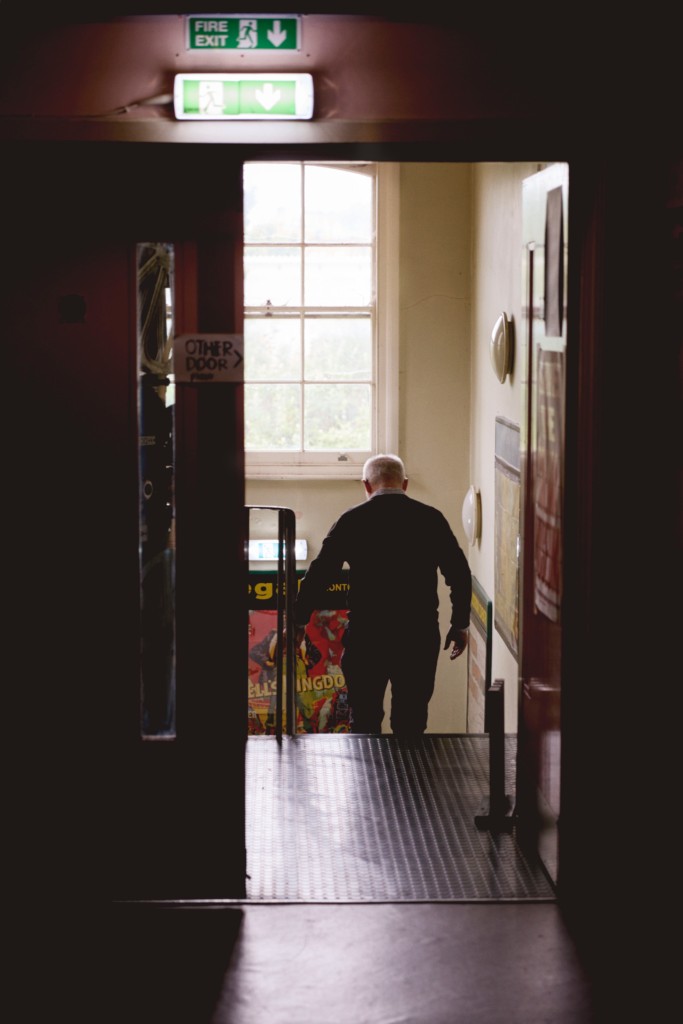
This is a joy. The evenings we spent at the Cinema Museum were some of the happiest times we have ever had and we both miss the place but old age and transport made the trip from north to south London a problem we found hard to manage. If only the Northern Line extended to Muswell Hill. Endless DVDs are no substitute for the real thing and we both recall seeing most of our favourites at the Cinema Museum first and regretting that we are no longer there.
I am so glad you enjoyed the blog and brought back memories of your visits. Such a shame it is difficult to keep visiting.